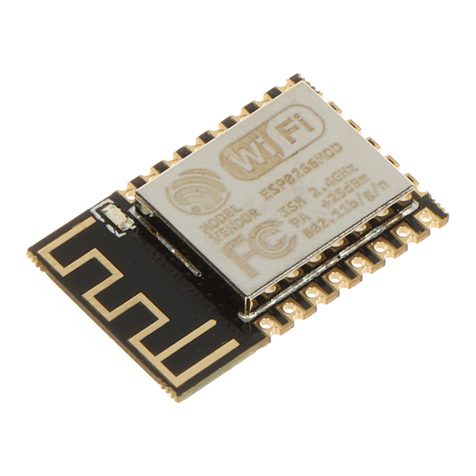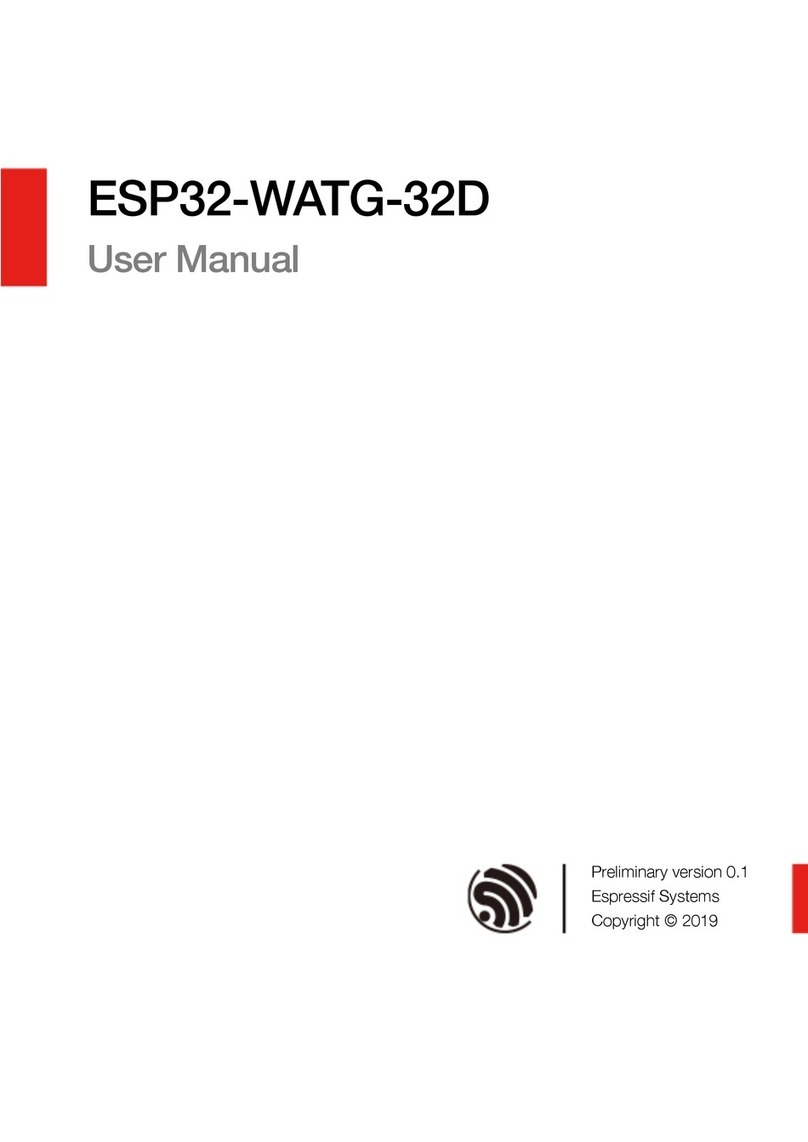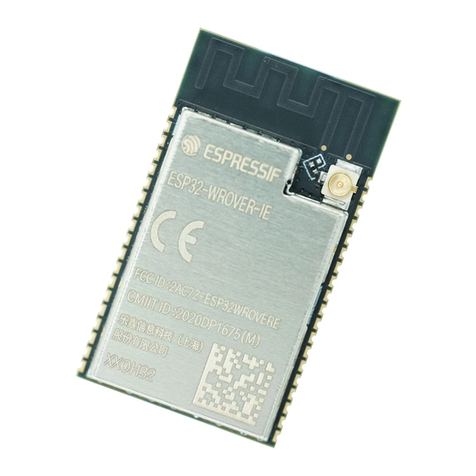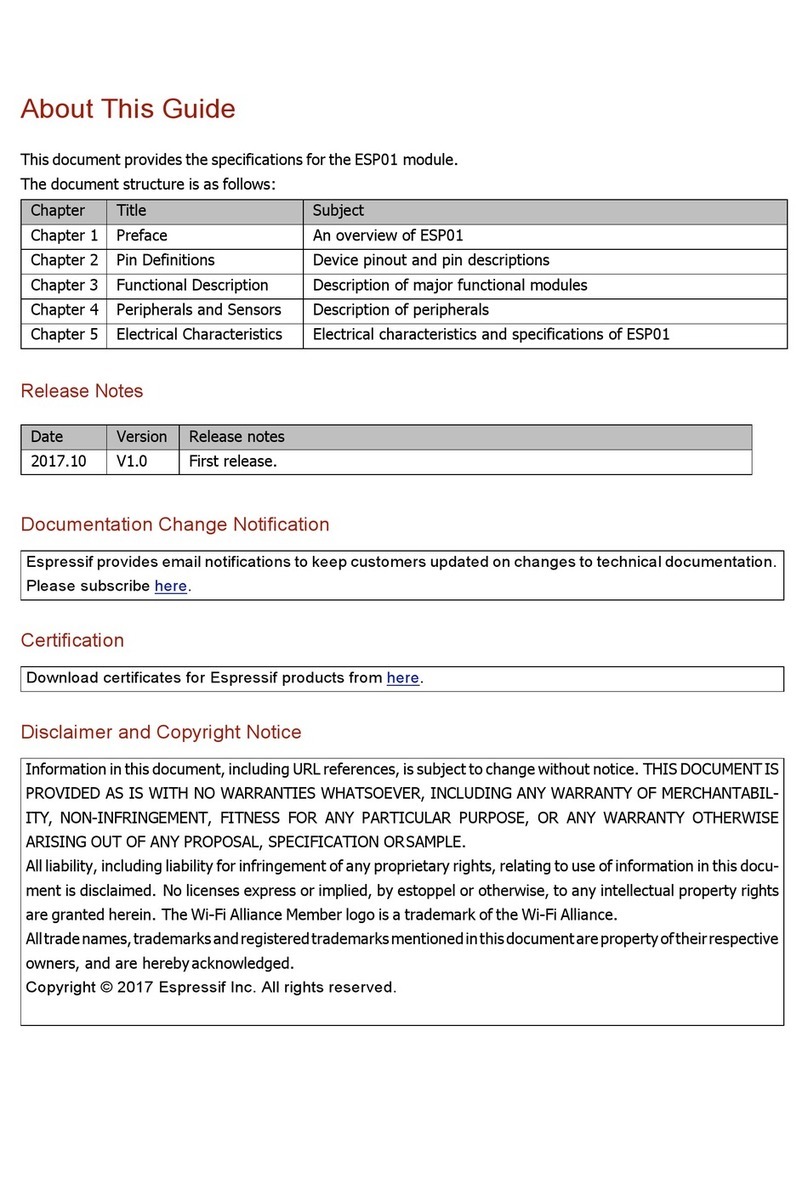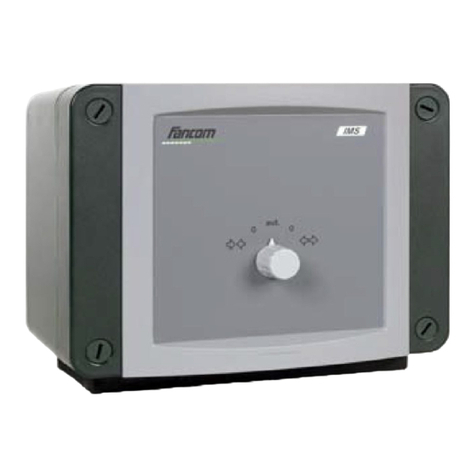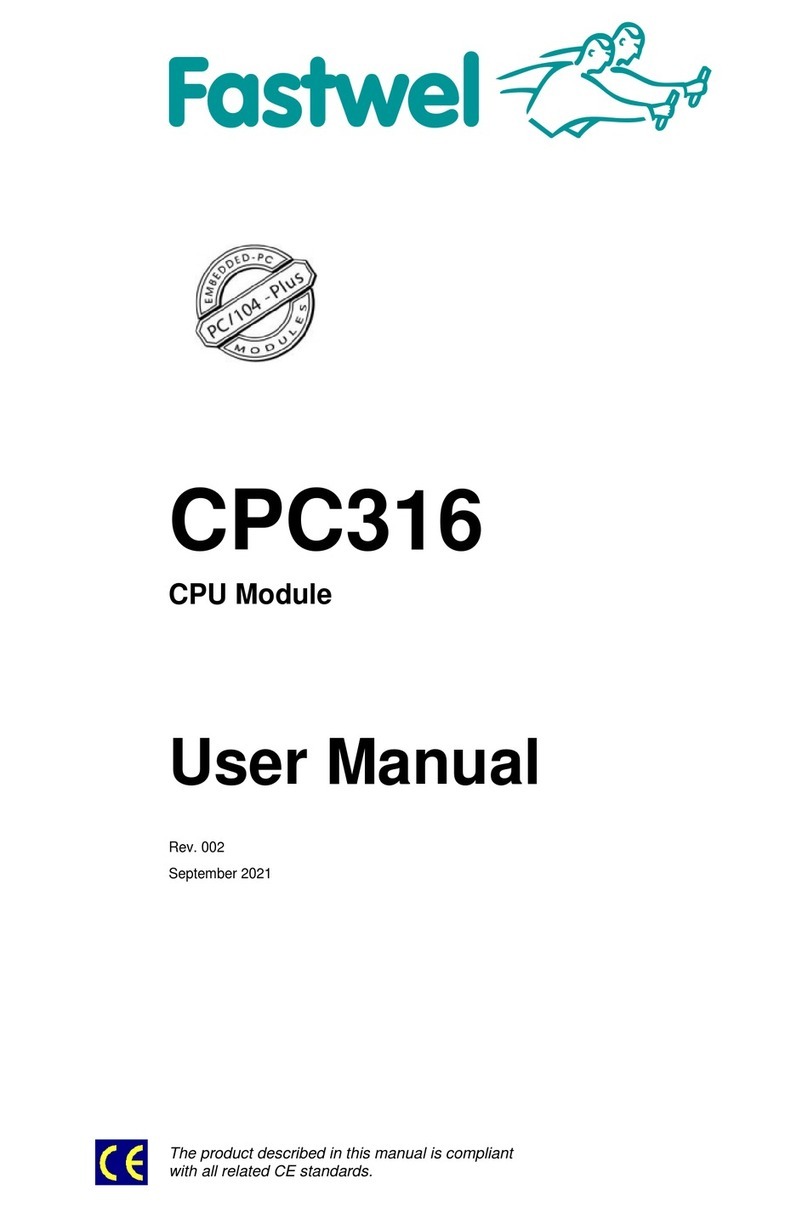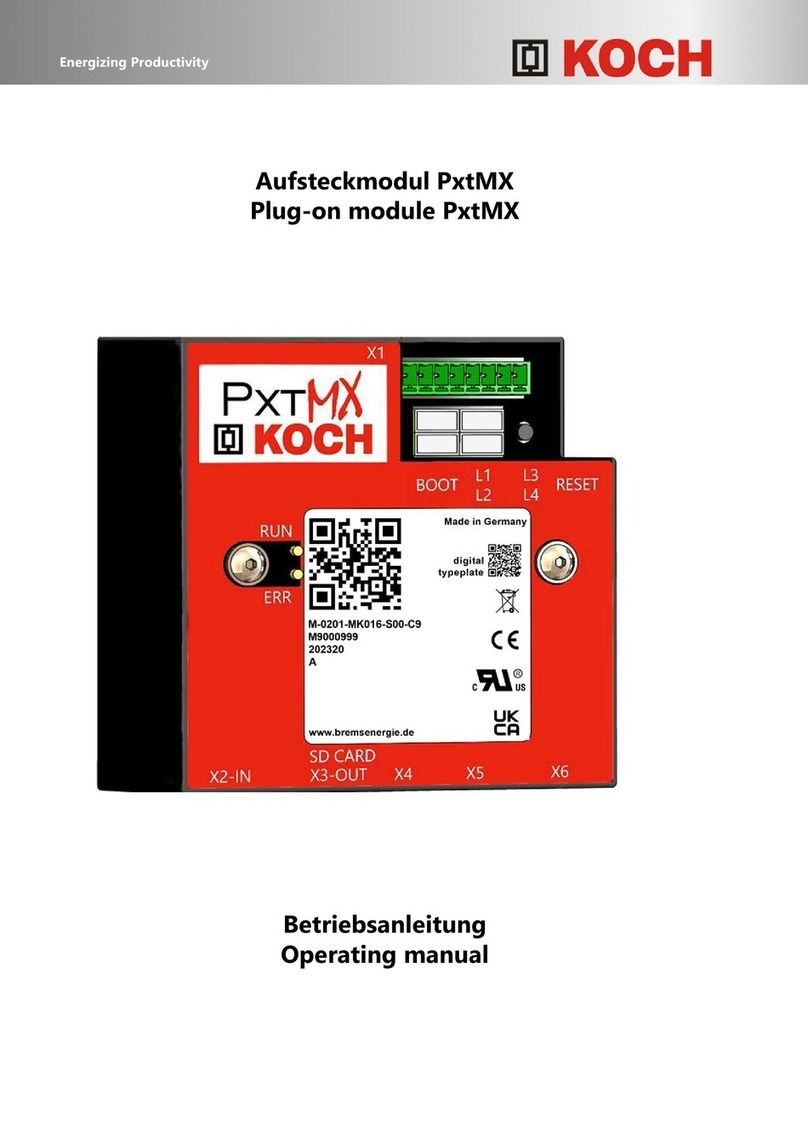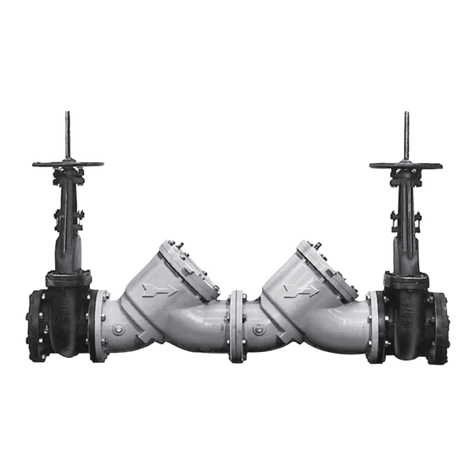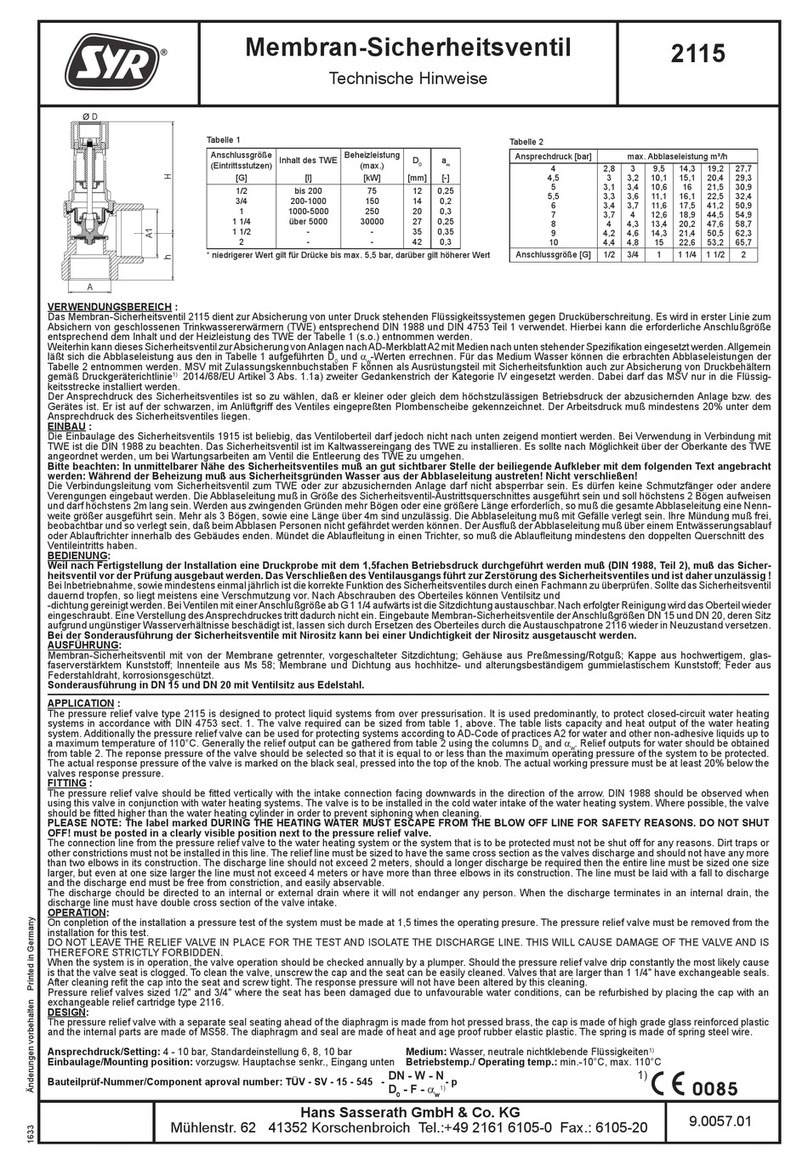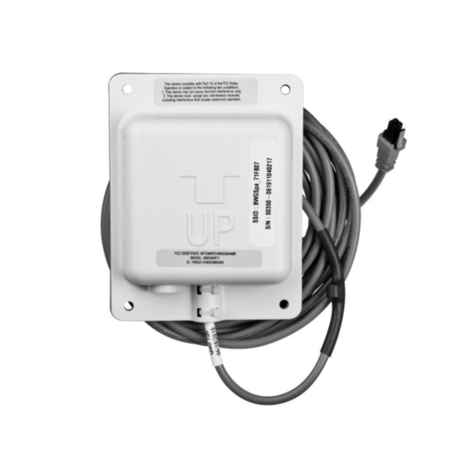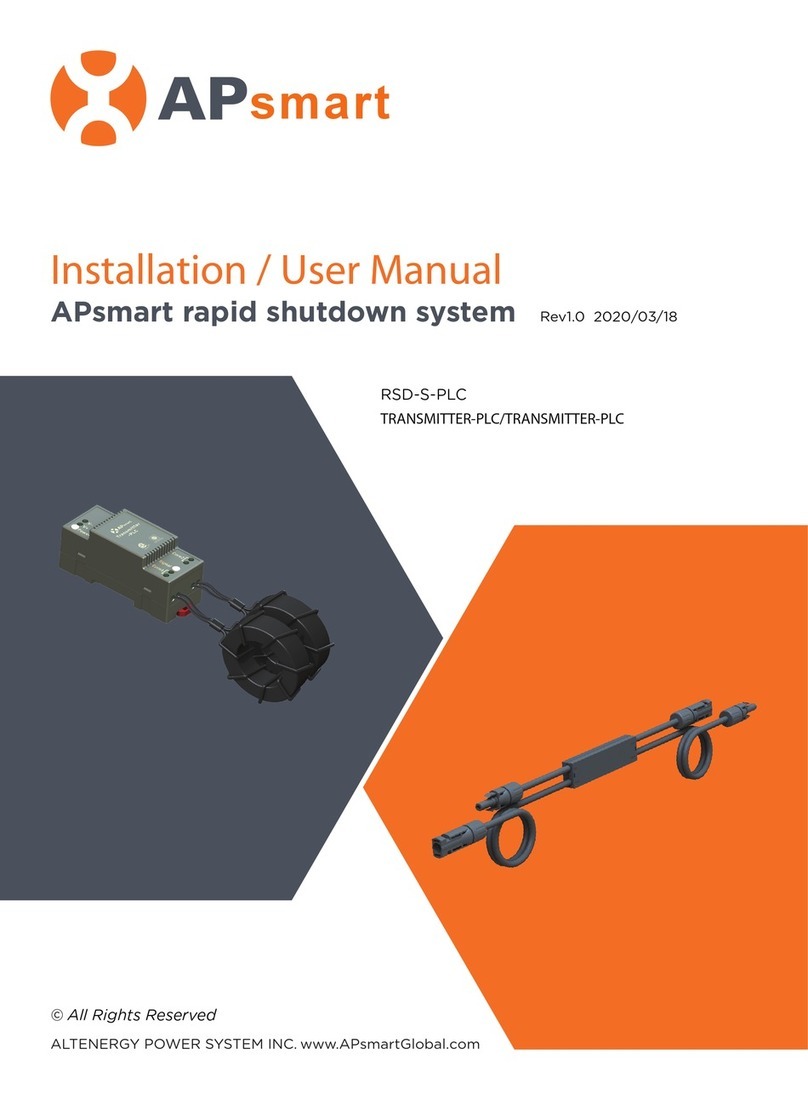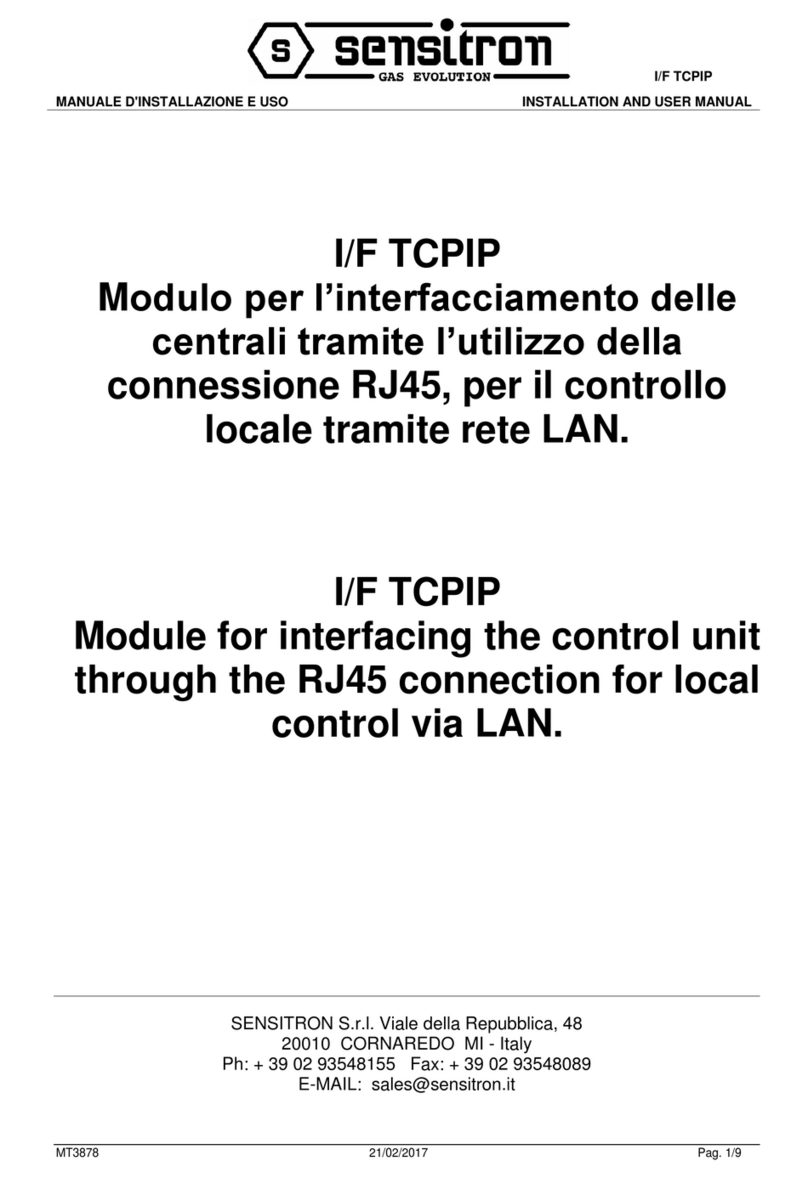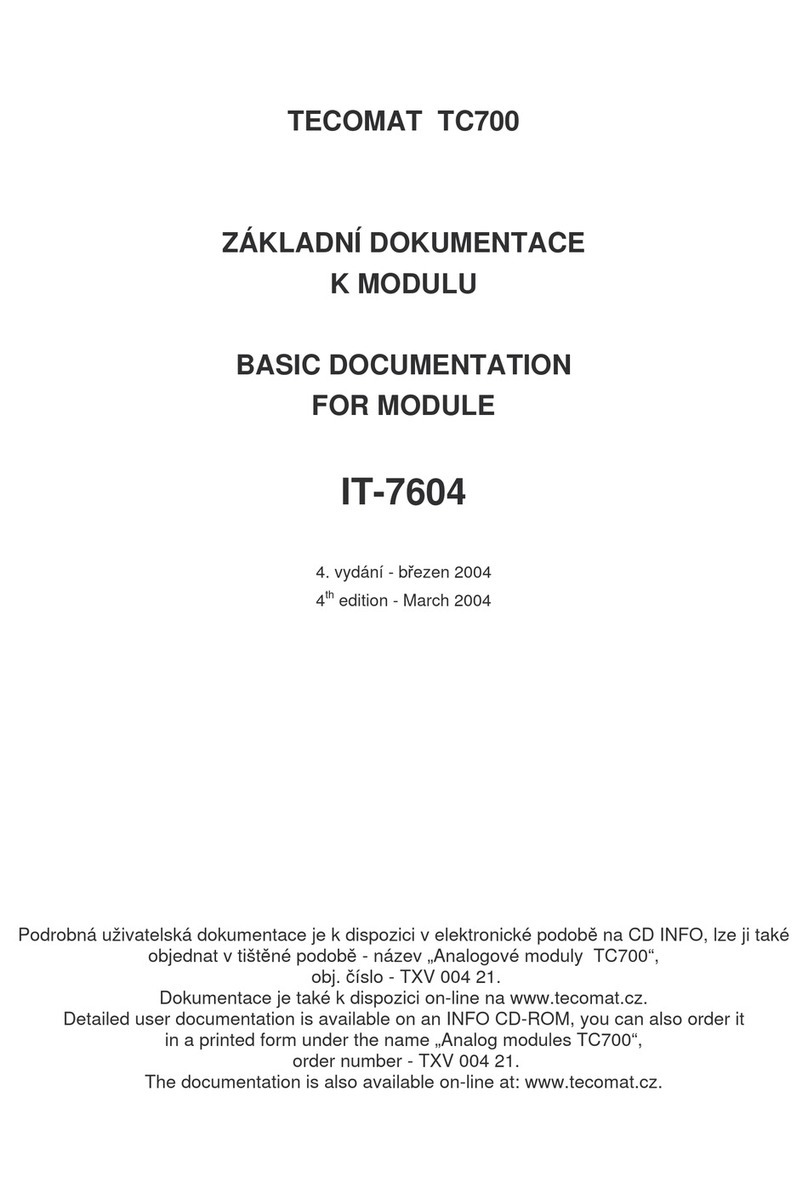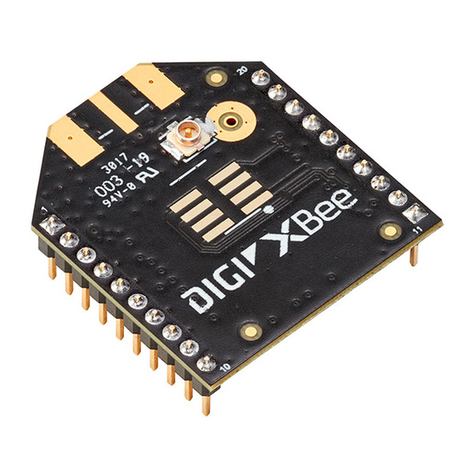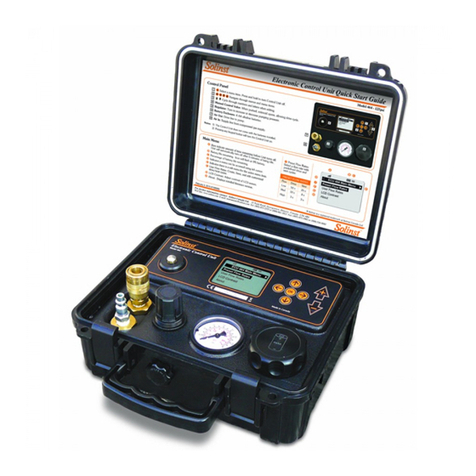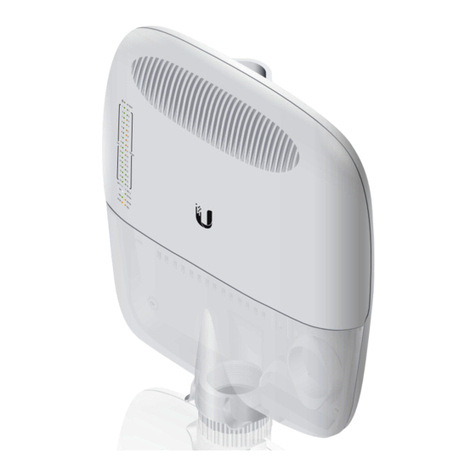Espressif ESP32--MINI--1 User manual

ESP32MINI1
User Manual
Preliminary v0.1
Espressif Systems
Copyright © 2021
www.espressif.com

About This Manual
This user manual shows how to get started with ESP32-MINI-1 module.
Document Updates
Please always refer to the latest version on https://www.espressif.com/en/support/download/documents.
Revision History
For revision history of this document, please refer to the last page.
Documentation Change Notification
Espressif provides email notifications to keep customers updated on changes to technical documentation.
Please subscribe at www.espressif.com/en/subscribe.
Certification
Download certificates for Espressif products from www.espressif.com/en/certificates.

Contents
Contents
1 Overview 4
1.1 Module Overview 4
1.2 Pin Description 4
2 Get Started on ESP32MINI1 7
2.1 What You Need 7
2.2 Hardware Connection 7
2.3 Set up Development Environment 8
2.3.1 Install Prerequisites 8
2.3.2 Get ESP-IDF 8
2.3.3 Set up Tools 9
2.3.4 Set up Environment Variables 9
2.4 Create Your First Project 9
2.4.1 Start a Project 9
2.4.2 Connect Your Device 9
2.4.3 Configure 10
2.4.4 Build the Project 10
2.4.5 Flash onto the Device 11
2.4.6 Monitor 12
3 Learning Resources 14
3.1 Must-Read Documents 14
3.2 Must-Have Resources 14
Revision History 16
Espressif Systems 3 ESP32-MINI-1 User Manual (Preliminary v0.1)

1 Overview
1 Overview
1.1 Module Overview
ESP32-MINI-1 is a highly-integrated, small-sized Wi-Fi+Bluetooth®+Bluetooth®LE MCU module that has a rich
set of peripherals. This module is an ideal choice for a wide variety of IoT applications, ranging from home
automation, smart building, consumer electronics to industrial control, especially suitable for applications within a
compact space, such as bulbs, switches and sockets.
This module comes in two versions:
• 85 °C version
• 105 °C version
Table 11. ESP32MINI1 Specifications
Categories Items Specifications
Wi-Fi Protocols 802.11 b/g/n (802.11n up to 150 Mbps)
A-MPDU and A-MSDU aggregation and 0.4 µs guard
interval support
Frequency range 2412 ~2484 MHz
Bluetooth®
Protocols Protocols v4.2 BR/EDR and Bluetooth®LE specifica-
tions
Radio Class-1, class-2 and class-3 transmitter
AFH
Audio CVSD and SBC
Hardware
Module interfaces
SD card, UART, SPI, SDIO, I2C, LED PWM, motor
PWM, I2S, infrared remote controller, pulse counter,
GPIO, touch sensor, ADC, DAC, Two-Wire Automo-
tive Interface (TWAITM, compatible with ISO11898-1)
Integrated crystal 40 MHz crystal
Integrated SPI flash 4 MB
Operating voltage/Power supply 3.0 V ~3.6 V
Operating current Average: 80 mA
Minimum current delivered by power
supply 500 mA
Recommended operating tempera-
ture range
85 °C version: –40 °C ~+85 °C; 105 °C version: –40
°C ~+105 °C
Moisture sensitivity level (MSL) Level 3
1.2 Pin Description
ESP32-MINI-1 has 55 pins. See pin definitions in Table 1-2.
Espressif Systems 4 ESP32-MINI-1 User Manual (Preliminary v0.1)

1 Overview
Table 12. Pin Definitions
Name No. Type Function
GND 1, 2, 27, 38 ~55 P Ground
3V3 3 P Power supply
I36 4 I GPIO36, ADC1_CH0, RTC_GPIO0
I37 5 I GPIO37, ADC1_CH1, RTC_GPIO1
I38 6 I GPIO38, ADC1_CH2, RTC_GPIO2
I39 7 I GPIO39, ADC1_CH3, RTC_GPIO3
EN 8 I
High: enables the chip
Low: the chip powers off
Note: do not leave the pin floating
I34 9 I GPIO34, ADC1_CH6, RTC_GPIO4
I35 10 I GPIO35, ADC1_CH7, RTC_GPIO5
IO32 11 I/O GPIO32, XTAL_32K_P (32.768 kHz crystal oscillator input), ADC1_CH4,
TOUCH9, RTC_GPIO9
IO33 12 I/O GPIO33, XTAL_32K_N (32.768 kHz crystal oscillator output), ADC1_CH5,
TOUCH8, RTC_GPIO8
IO25 13 I/O GPIO25, DAC_1, ADC2_CH8, RTC_GPIO6, EMAC_RXD0
IO26 14 I/O GPIO26, DAC_2, ADC2_CH9, RTC_GPIO7, EMAC_RXD1
IO27 15 I/O GPIO27, ADC2_CH7, TOUCH7, RTC_GPIO17, EMAC_RX_DV
IO14 16 I/O GPIO14, ADC2_CH6, TOUCH6, RTC_GPIO16, MTMS, HSPICLK,
HS2_CLK, SD_CLK, EMAC_TXD2
IO12 17 I/O GPIO12, ADC2_CH5, TOUCH5, RTC_GPIO15, MTDI, HSPIQ,
HS2_DATA2, SD_DATA2, EMAC_TXD3
IO13 18 I/O GPIO13, ADC2_CH4, TOUCH4, RTC_GPIO14, MTCK, HSPID,
HS2_DATA3, SD_DATA3, EMAC_RX_ER
IO15 19 I/O GPIO15, ADC2_CH3, TOUCH3, RTC_GPIO13, MTDO, HSPICS0,
HS2_CMD, SD_CMD, EMAC_RXD3
IO2 20 I/O GPIO2, ADC2_CH2, TOUCH2, RTC_GPIO12, HSPIWP, HS2_DATA0,
SD_DATA0
IO0 21 I/O GPIO0, ADC2_CH1, TOUCH1, RTC_GPIO11, CLK_OUT1,
EMAC_TX_CLK
IO4 22 I/O GPIO4, ADC2_CH0, TOUCH0, RTC_GPIO10, HSPIHD, HS2_DATA1,
SD_DATA1, EMAC_TX_ER
NC 23 - No connect
NC 24 - No connect
IO9 25 I/O GPIO9, HS1_DATA2, U1RXD, SD_DATA2
IO10 26 I/O GPIO10, HS1_DATA3, U1TXD, SD_DATA3
NC 28 - No connect
IO5 29 I/O GPIO5, HS1_DATA6, VSPICS0, EMAC_RX_CLK
IO18 30 I/O GPIO18, HS1_DATA7, VSPICLK
IO23 31 I/O GPIO23, HS1_STROBE, VSPID
IO19 32 I/O GPIO19, VSPIQ, U0CTS, EMAC_TXD0
Cont’d on next page
Espressif Systems 5 ESP32-MINI-1 User Manual (Preliminary v0.1)

1 Overview
Table 12 – cont’d from previous page
Name No. Type Function
IO22 33 I/O GPIO22, VSPIWP, U0RTS, EMAC_TXD1
IO21 34 I/O GPIO21, VSPIHD, EMAC_TX_EN
RXD0 35 I/O GPIO3, U0RXD, CLK_OUT2
TXD0 36 I/O GPIO1, U0TXD, CLK_OUT3, EMAC_RXD2
NC 37 - No connect
1Pins GPIO6, GPIO7, GPIO8, GPIO11, GPIO16, and GPIO17 on the ESP32-U4WDH chip are connected to the
SPI flash integrated on the module and are not led out.
2For peripheral pin configurations, please refer to ESP32 Series Datasheet.
Espressif Systems 6 ESP32-MINI-1 User Manual (Preliminary v0.1)

2 Get Started on ESP32-MINI-1
2 Get Started on ESP32MINI1
2.1 What You Need
To develop applications for ESP32-MINI-1 module you need:
• 1 x ESP32-MINI-1 module
• 1 x Espressif RF testing board
• 1 x USB-to-Serial board
• 1 x Micro-USB cable
• 1 x PC running Linux
In this user guide, we take Linux operating system as an example. For more information about the configuration
on Windows and macOS, please refer to ESP-IDF Programming Guide.
2.2 Hardware Connection
1. Solder the ESP32-MINI-1 module to the RF testing board as shown in Figure 2-1.
Figure 21. Hardware Connection
2. Connect the RF testing board to the USB-to-Serial board via TXD, RXD, and GND.
3. Connect the USB-to-Serial board to the PC.
4. Connect the RF testing board to the PC or a power adapter to enable 5 V power supply, via the Micro-USB
cable.
5. During download, connect IO0 to GND via a jumper. Then, turn ”ON” the testing board.
6. Download firmware into flash. For details, see the sections below.
Espressif Systems 7 ESP32-MINI-1 User Manual (Preliminary v0.1)

2 Get Started on ESP32-MINI-1
7. After download, remove the jumper on IO0 and GND.
8. Power up the RF testing board again. ESP32-MINI-1 will switch to working mode. The chip will read
programs from flash upon initialization.
Note:
IO0 is internally logic high. If IO0 is set to pull-up, the Boot mode is selected. If this pin is pull-down or left floating, the
Download mode is selected. For more information on ESP32-MINI-1, please refer to ESP32-MINI-1 Datasheet.
2.3 Set up Development Environment
The Espressif IoT Development Framework (ESP-IDF for short) is a framework for developing applications based
on the Espressif ESP32. Users can develop applications with ESP32 in Windows/Linux/macOS based on
ESP-IDF. Here we take Linux operating system as an example.
2.3.1 Install Prerequisites
To compile with ESP-IDF you need to get the following packages:
• CentOS 7:
sudo yum install git wget ex bison gperf python cmake ninja−build ccache dfu−util
• Ubuntu and Debian (one command breaks into two lines):
sudo apt−get install git wget ex bison gperf python python−pip python−setuptools cmake
ninja−build ccache lib −dev libssl −dev dfu−util
• Arch:
sudo pacman −S −−needed gcc git make ex bison gperf python−pip cmake ninja ccache dfu−util
Note:
• This guide uses the directory ~/esp on Linux as an installation folder for ESP-IDF.
• Keep in mind that ESP-IDF does not support spaces in paths.
2.3.2 Get ESPIDF
To build applications for ESP32-MINI-1 module, you need the software libraries provided by Espressif in ESP-IDF
repository.
To get ESP-IDF, create an installation directory (~/esp) to download ESP-IDF to and clone the repository with ‘git
clone’:
mkdir −p ~/esp
cd ~/esp
git clone −−recursive https://github.com/espressif/esp−idf. git
Espressif Systems 8 ESP32-MINI-1 User Manual (Preliminary v0.1)

2 Get Started on ESP32-MINI-1
ESP-IDF will be downloaded into ~/esp/esp-idf. Consult ESP-IDF Versions for information about which ESP-IDF
version to use in a given situation.
2.3.3 Set up Tools
Aside from the ESP-IDF, you also need to install the tools used by ESP-IDF, such as the compiler, debugger,
Python packages, etc. ESP-IDF provides a script named ’install.sh’ to help set up the tools in one go.
cd ~/esp/esp−idf
./ install .sh
2.3.4 Set up Environment Variables
The installed tools are not yet added to the PATH environment variable. To make the tools usable from the
command line, some environment variables must be set. ESP-IDF provides another script ’export.sh’ which does
that. In the terminal where you are going to use ESP-IDF, run:
. $HOME/esp/esp−idf/export.sh
Now everything is ready, you can build your first project on ESP32-MINI-1 module.
2.4 Create Your First Project
2.4.1 Start a Project
Now you are ready to prepare your application for ESP32-MINI-1 module. You can start with
get-started/hello_world project from examples directory in ESP-IDF.
Copy get-started/hello_world to ~/esp directory:
cd ~/esp
cp −r $IDF_PATH/examples/get−started/hello_world .
There is a range of example projects in the examples directory in ESP-IDF. You can copy any project in the same
way as presented above and run it. It is also possible to build examples in-place, without copying them
first.
2.4.2 Connect Your Device
Now connect your ESP32-MINI-1 module to the computer and check under what serial port the module is
visible. Serial ports in Linux start with ‘/dev/tty’ in their names. Run the command below two times, first with the
board unplugged, then with plugged in. The port which appears the second time is the one you need:
ls /dev/tty*
Note:
Keep the port name handy as you will need it in the next steps.
Espressif Systems 9 ESP32-MINI-1 User Manual (Preliminary v0.1)

2 Get Started on ESP32-MINI-1
2.4.3 Configure
Navigate to your ‘hello_world’ directory from Step 2.4.1. Start a Project, set ESP32 chip as the target and run the
project configuration utility ‘menuconfig’.
cd ~/esp/hello_world
idf .py set−target esp32
idf .py menucong
Setting the target with ‘idf.py set-target esp32’ should be done once, after opening a new project. If the project
contains some existing builds and configuration, they will be cleared and initialized. The target may be saved in
environment variable to skip this step at all. See Selecting the Target for additional information.
If the previous steps have been done correctly, the following menu appears:
Figure 22. Project Configuration Home Window
The colors of the menu could be different in your terminal. You can change the appearance with the option
‘-�-style’�. Please run ‘idf.py menuconfig -�-help’�for further information.
2.4.4 Build the Project
Build the project by running:
idf .py build
This command will compile the application and all ESP-IDF components, then it will generate the bootloader,
partition table, and application binaries.
$ idf .py build
Running cmake in directory /path/to/hello_world/build
Executing ”cmake −G Ninja −−warn−uninitialized /path/to/hello_world”...
Warn about uninitialized values .
−− Found Git: /usr/bin/git (found version ”2.17.0”)
Espressif Systems 10 ESP32-MINI-1 User Manual (Preliminary v0.1)

2 Get Started on ESP32-MINI-1
−− Building empty aws_iot component due to conguration
−− Component names: ...
−− Component paths: ...
... (more lines of build system output)
[527/527] Generating hello −world.bin
esptool .py v2.3.1
Project build complete. To ash , run this command:
../../../ components/esptool_py/esptool/esptool.py −p (PORT) −b 921600 write_ash −−ash_mode dio
−−ash_size detect −−ash_freq 40m 0x10000 build/hello−world.bin build 0x1000
build/bootloader/bootloader. bin 0x8000 build/ partition_table / partition −table.bin
or run ’ idf .py −p PORT ash’
If there are no errors, the build will finish by generating the firmware binary .bin file.
2.4.5 Flash onto the Device
Flash the binaries that you just built onto your ESP32-MINI-1 module by running:
idf .py −p PORT [−b BAUD] ash
Replace PORT with your module‘s serial port name from Step: Connect Your Device.
You can also change the flasher baud rate by replacing BAUD with the baud rate you need. The default baud
rate is 460800.
For more information on idf.py arguments, see idf.py.
Note:
The option ‘flash‘ automatically builds and flashes the project, so running ‘idf.py build‘ is not necessary.
Running esptool.py in directory [...]/ esp/hello_world
Executing ”python [...]/ esp−idf/components/esptool_py/esptool/esptool.py −b 460800 write_ash
@ash_project_args ”...
esptool .py −b 460800 write_ash −−ash_mode dio −−ash_size detect −−ash_freq 40m 0x1000
bootloader/bootloader. bin 0x8000 partition_table / partition −table.bin 0x10000 hello−world.bin
esptool .py v2.3.1
Connecting ....
Detecting chip type ... ESP32
Chip is ESP32U4WDH (revision 3)
Features : WiFi, BT, Single Core
Uploading stub ...
Running stub ...
Stub running ...
Changing baud rate to 460800
Changed.
Espressif Systems 11 ESP32-MINI-1 User Manual (Preliminary v0.1)

2 Get Started on ESP32-MINI-1
Conguring ash size ...
Auto−detected Flash size : 4MB
Flash params set to 0x0220
Compressed 22992 bytes to 13019...
Wrote 22992 bytes (13019 compressed) at 0x00001000 in 0.3 seconds ( eective 558.9 kbit/s )...
Hash of data veried .
Compressed 3072 bytes to 82...
Wrote 3072 bytes (82 compressed) at 0x00008000 in 0.0 seconds ( eective 5789.3 kbit/s )...
Hash of data veried .
Compressed 136672 bytes to 67544...
Wrote 136672 bytes (67544 compressed) at 0x00010000 in 1.9 seconds ( eective 567.5 kbit/s )...
Hash of data veried .
Leaving ...
Hard resetting via RTS pin...
If everything goes well, the “hello_world” application starts running after you remove the jumper on IO0 and GND,
and re-power up the testing board.
2.4.6 Monitor
To check if “hello_world” is indeed running, type ‘idf.py -p PORT monitor‘ (Do not forget to replace PORT with
your serial port name).
This command launches the IDF Monitor application:
$ idf .py −p /dev/ttyUSB0 monitor
Running idf_monitor in directory [...]/ esp/hello_world/build
Executing ”python [...]/ esp−idf/tools/idf_monitor.py −b 115200 [...]/ esp/hello_world/build/ hello −world.elf ”...
−−− idf_monitor on /dev/ttyUSB0 115200 −−−
−−− Quit: Ctrl+] | Menu: Ctrl+T | Help: Ctrl+T followed by Ctrl+H −−−
ets Jun 8 2016 00:22:57
rst :0x1 (POWERON_RESET),boot:0x13 (SPI_FAST_FLASH_BOOT)
ets Jun 8 2016 00:22:57
...
After startup and diagnostic logs scroll up, you should see “Hello world!” printed out by the application.
...
Hello world!
Restarting in 10 seconds ...
This is esp32 chip with 1 CPU core, WiFi/BT/BLE, silicon revision 3, 4MB external ash
Restarting in 9 seconds ...
Restarting in 8 seconds ...
Restarting in 7 seconds ...
To exit IDF monitor use the shortcut Ctrl+].
Espressif Systems 12 ESP32-MINI-1 User Manual (Preliminary v0.1)

3 Learning Resources
3 Learning Resources
3.1 MustRead Documents
The following link provides documents related to ESP32.
•ESP32 Datasheet
This document provides an introduction to the specifications of the ESP32 hardware, including overview,
pin definitions, functional description, peripheral interface, electrical characteristics, etc.
•ESP32 ECO V3 User Guide
This document describes differences between V3 and previous ESP32 silicon wafer revisions.
•ECO and Workarounds for Bugs in ESP32
This document details hardware errata and workarounds in the ESP32.
•ESP-IDF Programming Guide
It hosts extensive documentation for ESP-IDF ranging from hardware guides to API reference.
•ESP32 Technical Reference Manual
The manual provides detailed information on how to use the ESP32 memory and peripherals.
•ESP32 Hardware Resources
The zip files include the schematics, PCB layout, Gerber and BOM list of ESP32 modules and development
boards.
•ESP32 Hardware Design Guidelines
The guidelines outline recommended design practices when developing standalone or add-on systems
based on the ESP32 series of products, including the ESP32 chip, the ESP32 modules and development
boards.
•ESP32 AT Instruction Set and Examples
This document introduces the ESP32 AT commands, explains how to use them, and provides examples of
several common AT commands.
•Espressif Products Ordering Information
3.2 MustHave Resources
Here are the ESP32-related must-have resources.
•ESP32 BBS
This is an Engineer-to-Engineer (E2E) Community for ESP32 where you can post questions, share
knowledge, explore ideas, and help solve problems with fellow engineers.
•ESP32 GitHub
ESP32 development projects are freely distributed under Espressif’s MIT license on GitHub. It is
established to help developers get started with ESP32 and foster innovation and the growth of general
knowledge about the hardware and software surrounding ESP32 devices.
•ESP32 Tools
This is a webpage where users can download ESP32 Flash Download Tools and the zip file ”ESP32
Certification and Test”.
Espressif Systems 14 ESP32-MINI-1 User Manual (Preliminary v0.1)

Revision History
Revision History
Date Version Release notes
2021-01-14 V0.1 Preliminary release
Espressif Systems 16 ESP32-MINI-1 User Manual (Preliminary v0.1)

www.espressif.com
Disclaimer and Copyright Notice
Information in this document, including URL references, is subject to change without notice.
ALL THIRD PARTY’S INFORMATION IN THIS DOCUMENT IS PROVIDED AS IS WITH NO
WARRANTIES TO ITS AUTHENTICITY AND ACCURACY.
NO WARRANTY IS PROVIDED TO THIS DOCUMENT FOR ITS MERCHANTABILITY, NON-
INFRINGEMENT, FITNESS FOR ANY PARTICULAR PURPOSE, NOR DOES ANY WARRANTY
OTHERWISE ARISING OUT OF ANY PROPOSAL, SPECIFICATION OR SAMPLE.
All liability, including liability for infringement of any proprietary rights, relating to use of information
in this document is disclaimed. No licenses express or implied, by estoppel or otherwise, to any
intellectual property rights are granted herein.
The Wi-Fi Alliance Member logo is a trademark of the Wi-Fi Alliance. The Bluetooth logo is a
registered trademark of Bluetooth SIG.
All trade names, trademarks and registered trademarks mentioned in this document are property
of their respective owners, and are hereby acknowledged.
Copyright © 2021 Espressif Systems (Shanghai) Co., Ltd. All rights reserved.
Table of contents
Other Espressif Control Unit manuals
Popular Control Unit manuals by other brands

Rochester Gauges
Rochester Gauges Magnetel Series installation instructions
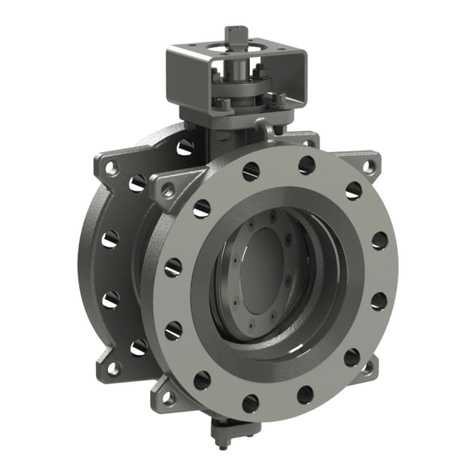
Wouter Witzel
Wouter Witzel Dynaxe W201 user manual
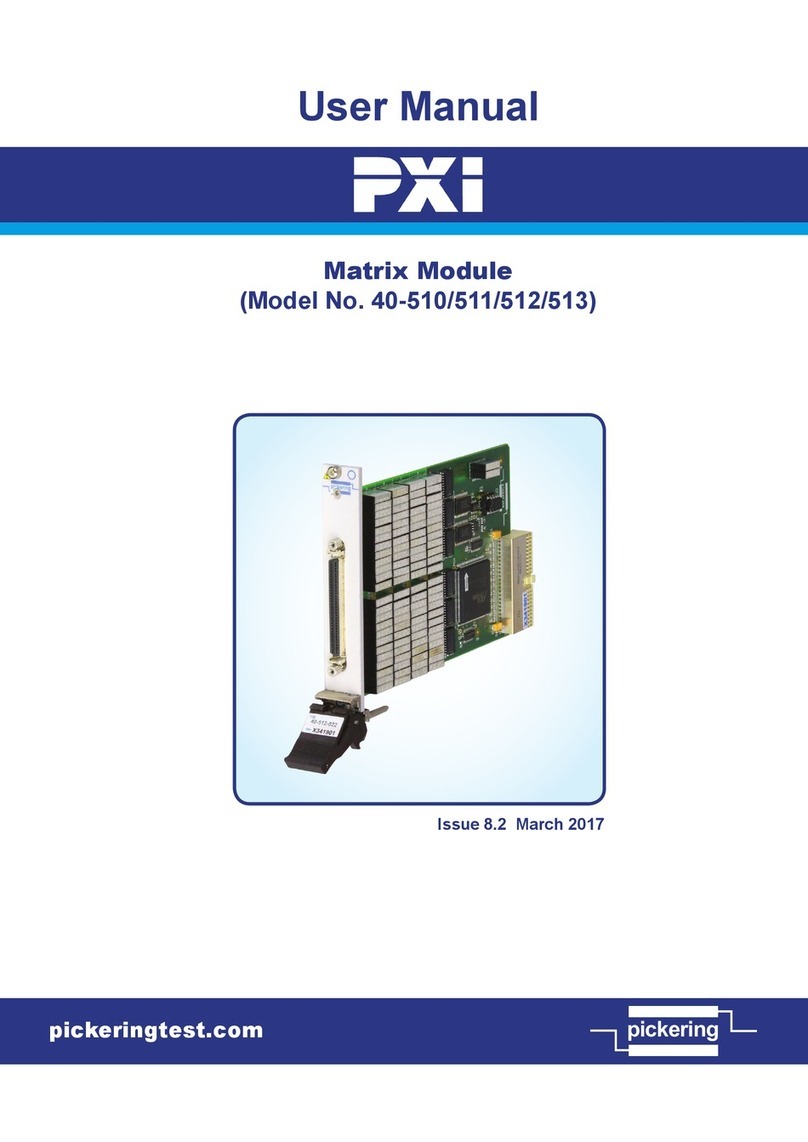
Pickering
Pickering PXI 40-510 user manual
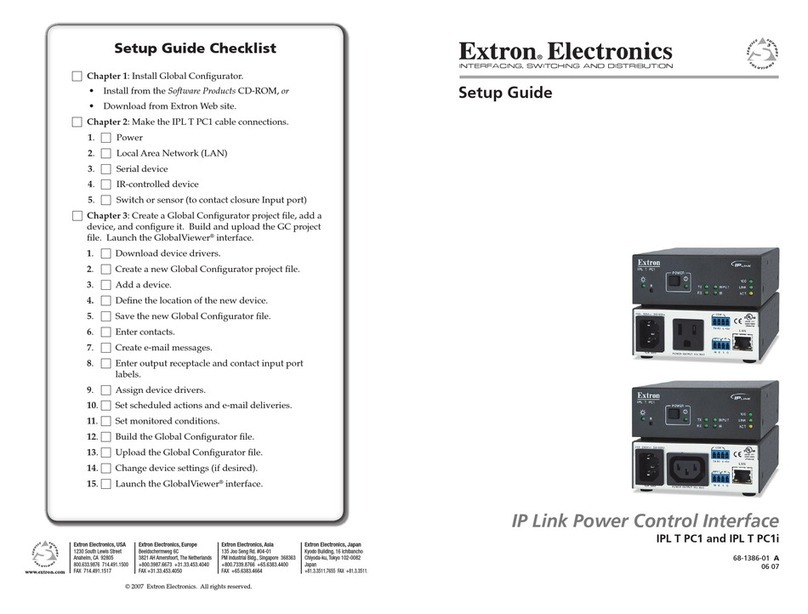
Extron electronics
Extron electronics Interface IPL T PC1 Setup guide
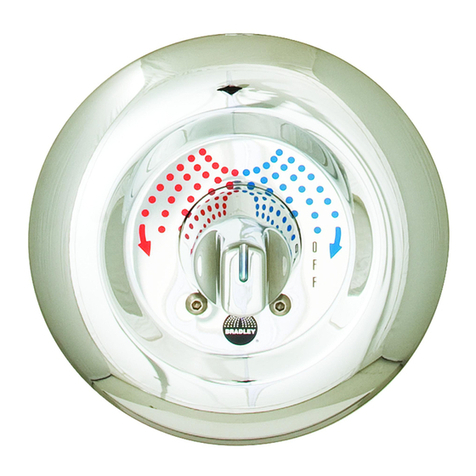
Bradley
Bradley Equa-Flo S59-1005SR Installation

Wecon
Wecon LX3V-16EY user manual


